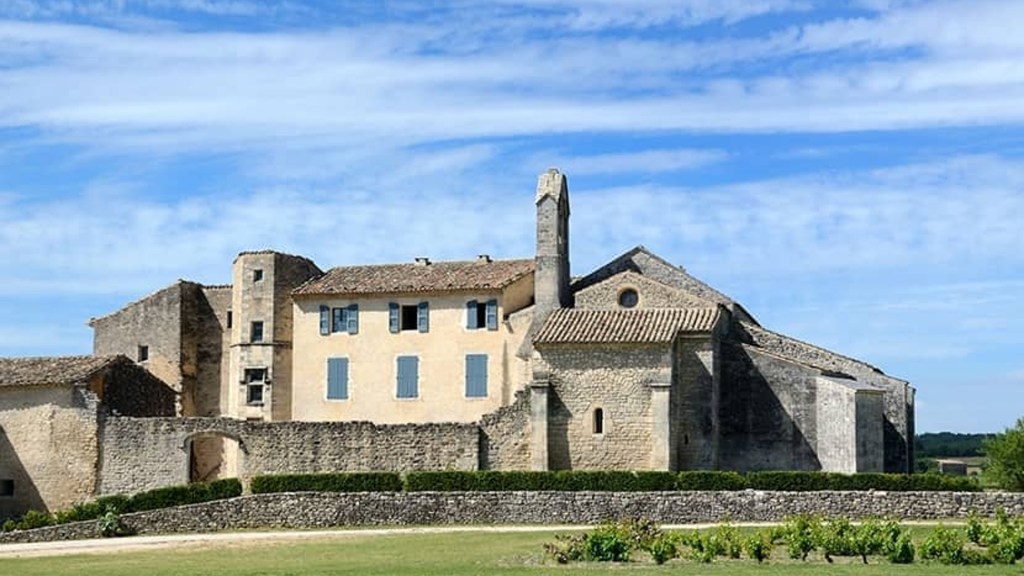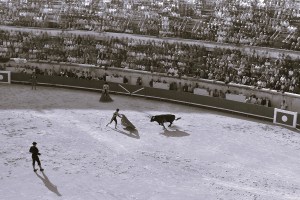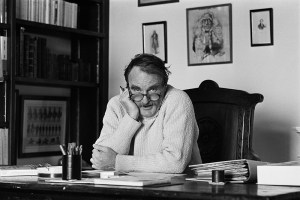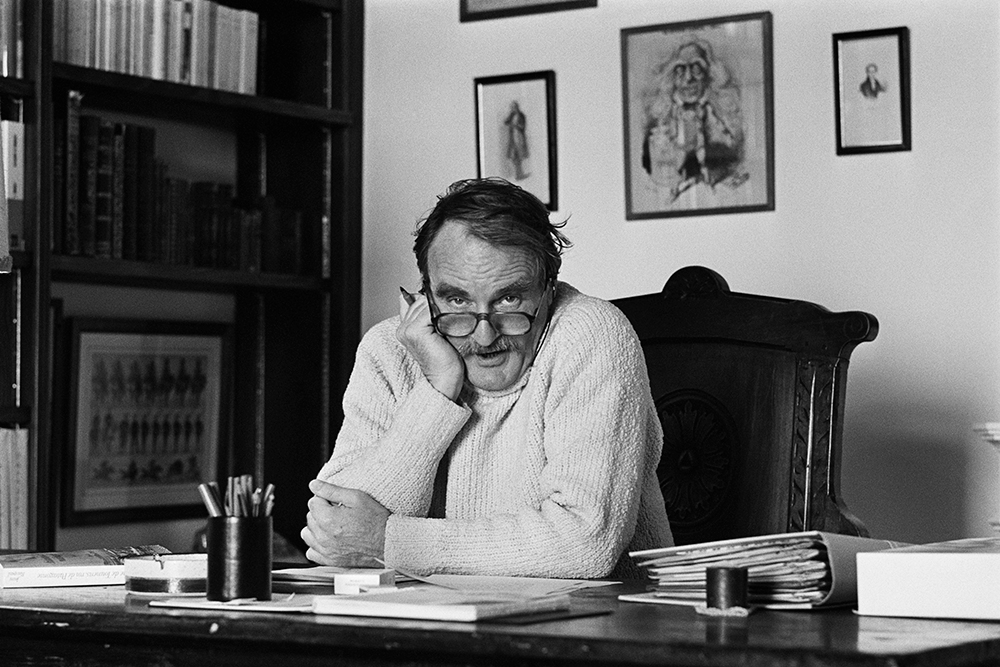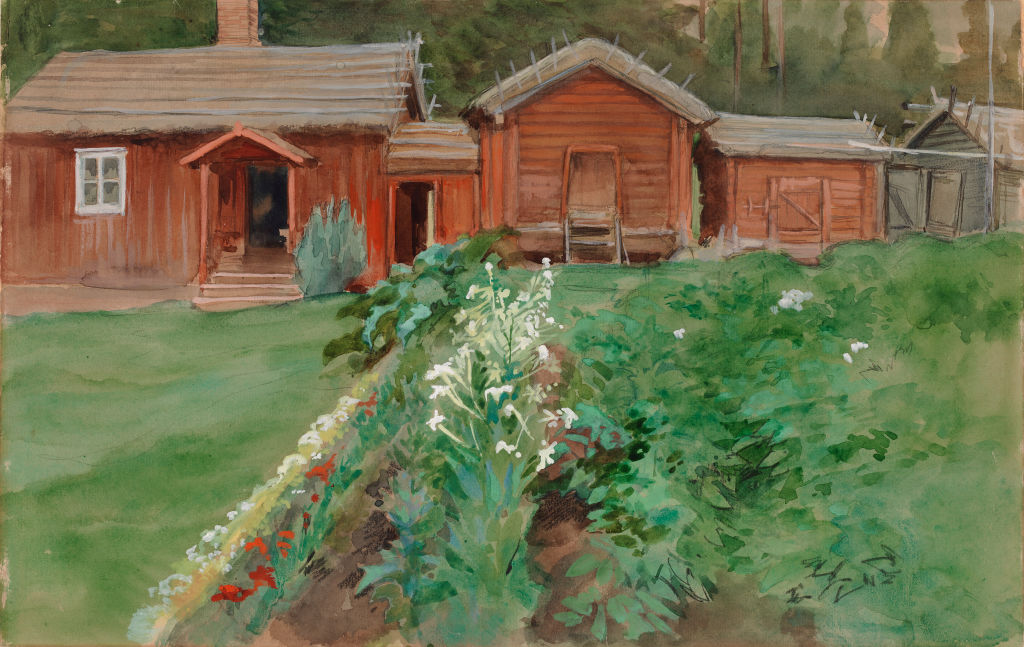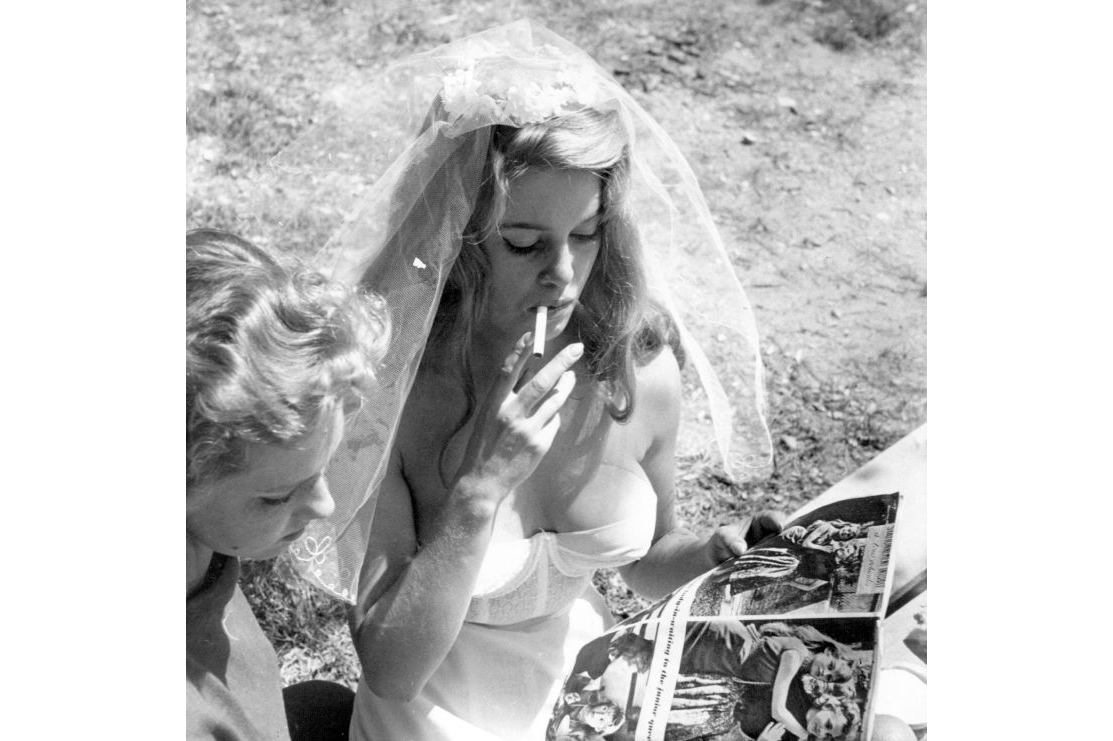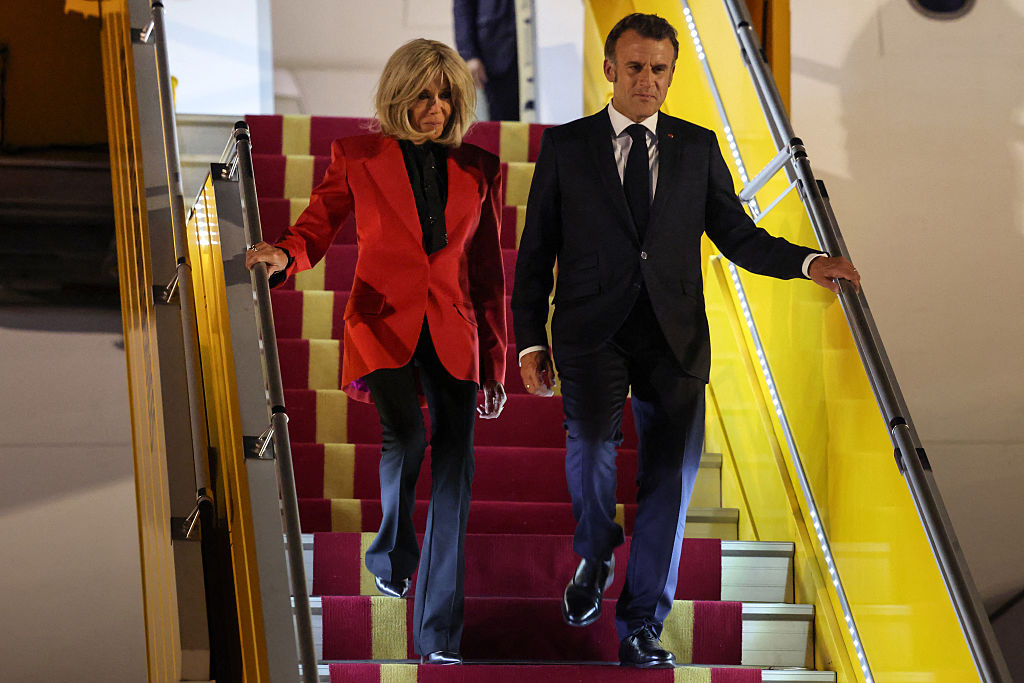Eighty yards west of the high terrace where I’ve sat for three weeks recuperating is a hospice built for Napoleon’s veterans. Solidly constructed high up in the south-facing cliff face, it comprises a complex of walkways and balconies interconnected by precipitous staircases. It is easy to imagine the battered survivors of Leipzig and Borodino perched up there on those ledges exposing their sabre cuts and bullet wounds to Dr. Sun.
Which we’ve had plenty of lately. Sun-worshippers of an envious disposition look away now: the year so far has been almost cloudless. Every day the same pale blue horizon. Freezing nights, though. At sundown, I ferry my collection of pot-grown cacti into the house and return them after breakfast. And for the past fortnight, since the final dose of chemotherapy, that tiled floor ten feet square, and Dr. Sun moving from right to left, has been my world.
The chemotherapy doses were three weeks apart for six months. I would begin to feel right again the day before the next dose, which would send me back down the longest snake on the board. Happily, there are no more snakes ahead, not in the short term, but I am throwing only ones with the dice and my progress is slow.
I am not yet strong enough, for example, to read the newspaper. What Whoopi, Harry, Justin, Joe or Jacinda are saying now — I can’t face it. I’m trying to refresh my will to live, not the reverse. “We human beings,” wrote Thomas Hardy, “have reached a degree of intelligence which Nature never contemplated when framing her laws, and for which she has consequently provided no adequate satisfaction.” Substitute the words “emotional fragility” for “intelligence” and I think the old boy was on to something. I manage the obituaries and the nature notes, maybe the sport, then I shut the iPad, tilt down my brim and stare at the horizon.
But on Thursday last the convalescent was coaxed off his terrace cushion and into the car for a day out. Dear Catriona drove. I sat like a maiden aunt in the front. Our neighbor Michael sat in the back giving directions. We drove two hours north through countryside wintry and bare; the austere foothills shockingly disfigured everywhere by unfinished block-built bungalows.
Our destination, chosen by Michael, was Salagon priory (fifteenth century) and church (eleventh century); the two buildings joined and enclosed by bastion-thick walls and standing isolated on a perfectly level fertile plain and not a half-built bungalow in sight. From the early nineteenth century until 1981, the priory and church were respectively a farmhouse and barn. More recently a visitor center, toilet, shop and an “ethno-biological” garden have been added at a discreet distance. The ponciness of these additions failed, just about, to detract from the otherworldliness of the ancient religious buildings and their time-steeped peacefulness. It helped that nobody else was visiting. It was just us. In what was once the farmhouse kitchen was a photograph of the last farmer, an elderly, round-faced peasant woman with an alcoholic nose. She was thickly layered against the cold. I said I would have liked to have spent an evening with her in her smoke-blackened thousand-year-old kitchen drinking whatever she was having.
Speaking of drink, Michael said that when she was alive, he used to bring his wife here. She used to run away from him, he said, if he let her out of his sight even for a moment. He’d turn around and she’d be gone. So he’d sometimes bring her here where he could keep an eye on her within the bastion walls, knowing that if she did make a run for it, he would be able to spot her crossing the level plain before she could reach cover.
After about forty-five minutes of solid stone walls and medieval austerity, we started thinking about having a drink ourselves and perhaps a spot of lunch to go with it. Half a mile or so away across the plain was a small town clustered at the foot of a massively fortified hilltop château. We parked the car in the deserted square and thought we’d try what looked like a basic sort of a bar that might not be as shut as it looked. Pushing in through the door hoping for the best, we found ourselves in a snug bar restaurant packed out with chattering working-class diners and nobody wearing a mask except the waitress, who had one slung under her chin. Cheese on toast; roasted veal and mashed potato in mushroom sauce; Nutella pancakes for Shrove Tuesday; a jug of white wine; bread; coffee. It was here in this convivial, overcrowded local bar (called the Café de France) that I sloughed off a layer or two of my solipsistic convalescent carapace and was surprised and glad to find I had rejoined the alive and well.
This article was originally published in The Spectator’s April 2022 World edition.



